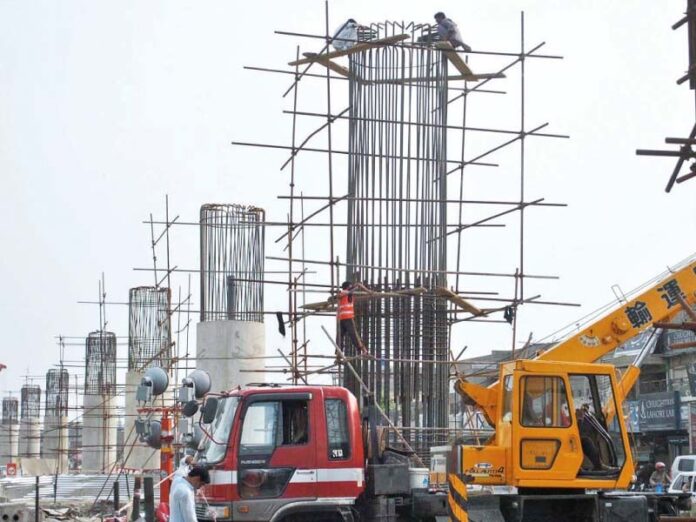ISLAMABAD: The Ministry of Planning, Development, and Special Initiatives has initiated the Public Sector Development Programme (PSDP) 2025-26 formulation process, along with projections for 2026-27 and 2027-28.
Ministries, divisions, and agencies have been directed to review and prepare their development portfolios, focusing on high-priority projects aligned with the government’s economic strategy under “Uraan Pakistan”.
The ministry stated that ongoing projects should be scrutinized based on priority to determine their alignment with national development goals. The current throw-forward stands at Rs10 trillion, which is 10 times the current PSDP allocation, assuming no new projects are added.
The size of PSDP, in terms of GDP percentage, has declined from 1.7% in FY 2013-14 to 0.6% in FY 2024-25, affecting progress on major national projects.
For ongoing projects, the government will prioritize those with over 80% expenditure to ensure completion in FY 2025-26. Ministries must allocate funds based on the annual phasing in the approved PC-I.
New projects will only be considered if funding space is available, and no further allocations will be made for projects that were fully funded in PSDP 2024-25. Foreign-aided projects will require the Economic Affairs Division (EAD) to provide firmed-up foreign aid estimates, ensuring smooth execution and uninterrupted foreign exchange inflows.
For provincial projects, funding will be limited to least-developed districts, as approved by the National Economic Council (NEC). Provinces must ensure adequate funding for SDG-related projects and cost-shared initiatives. Federal cost contributions will be used to determine throw-forward calculations for such projects.
For new projects, priority will be given to high-value, early-completion initiatives that maximize PSDP impact. The focus will be on projects supporting exports, productivity, competitiveness, digital infrastructure, industrial development, agro-industry, blue economy, R&D, and climate change mitigation.
All PC-Is for new projects must be uploaded on iPAS by March 31, 2025, and projects without feasibility studies (PC-II) will not be considered.
For Public-Private Partnership (PPP) projects, PSDP funding will be used as equity or a viability gap. Only 10% of the FY 2025-26 development budget will be allocated to new projects, aligning with NEC guidelines.
The Petroleum Division will oversee gas schemes within a 5 km radius, with funding sourced from the Finance Division or CSR contributions from oil and gas companies.
The Planning Ministry has directed Principal Accounting Officers to ensure full-time Project Directors for development projects and establish monitoring indicators to prevent time and cost overruns. PSDP 2025-26 will also integrate climate-focused budgeting (C-PIMA) and gender budgeting to align with Pakistan’s environmental commitments.
Ministries and divisions must submit one-page write-ups outlining the strategic impact of their proposed PSDP projects, including exports, productivity, job creation, private sector stimulation, and poverty alleviation. The government aims to optimize PSDP resources, ensuring efficient development spending and sustainable economic growth.
























